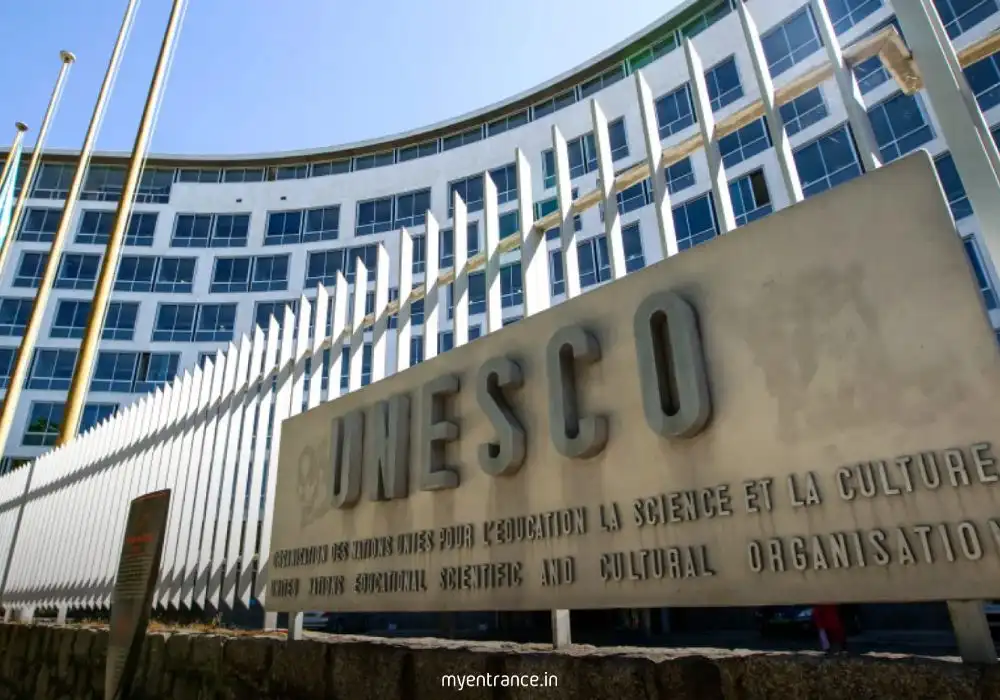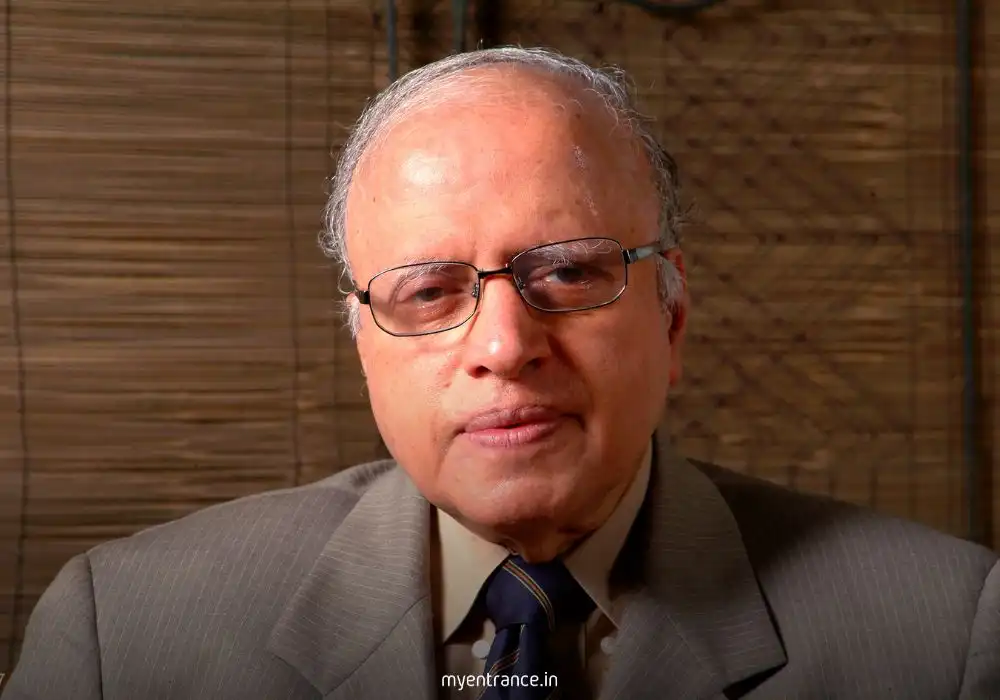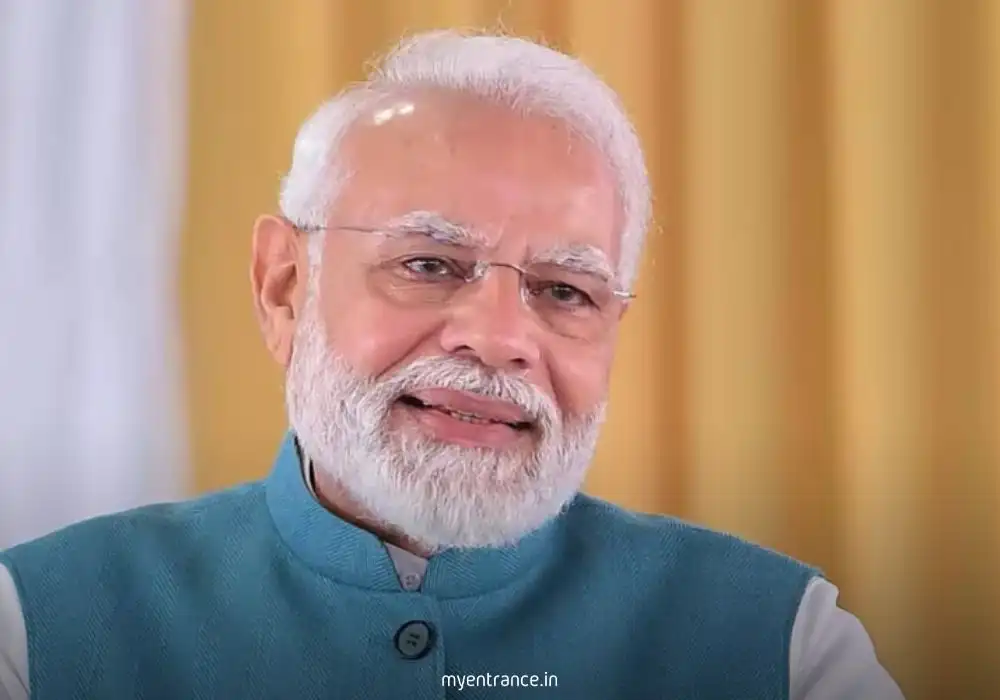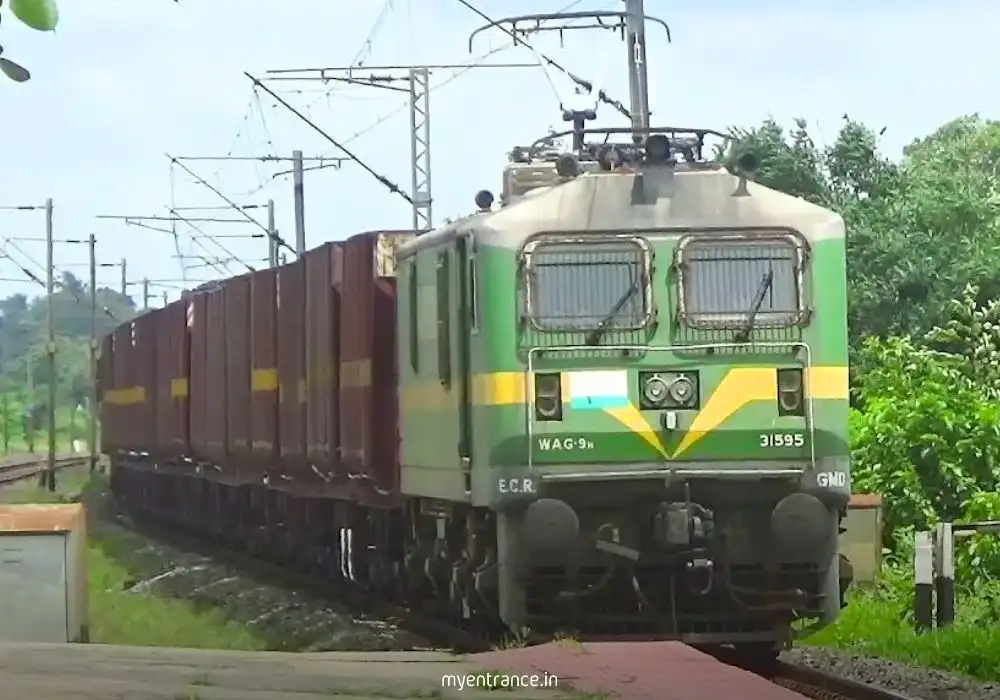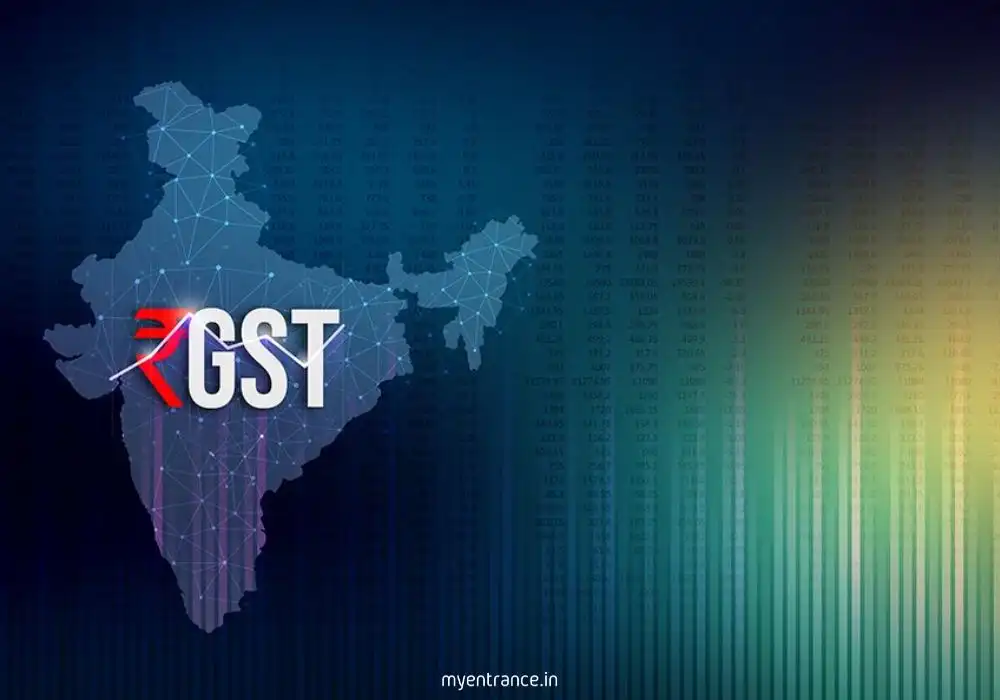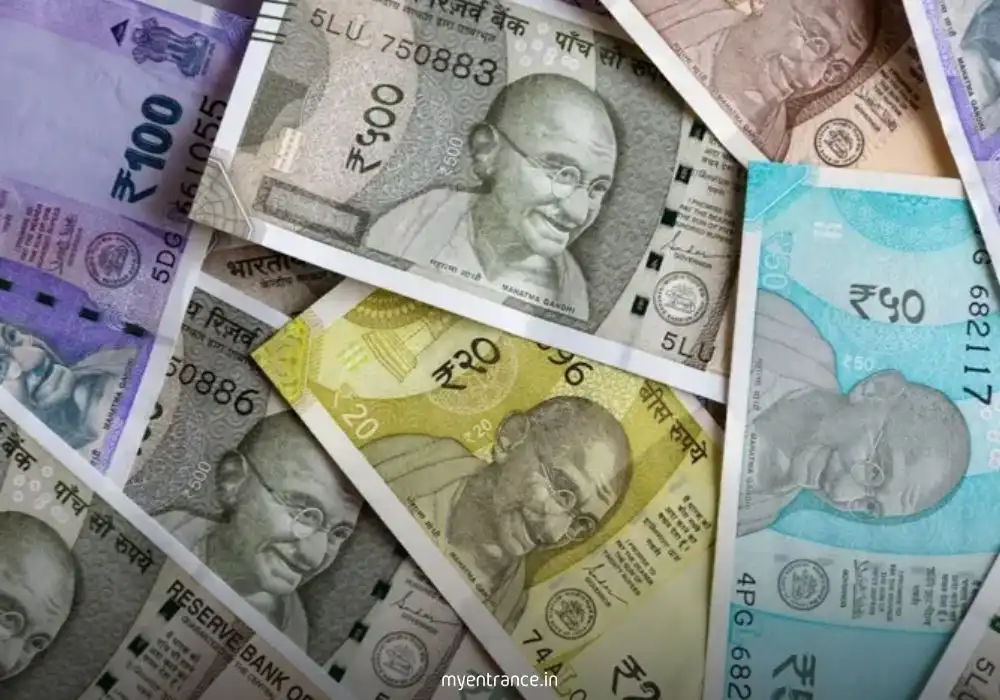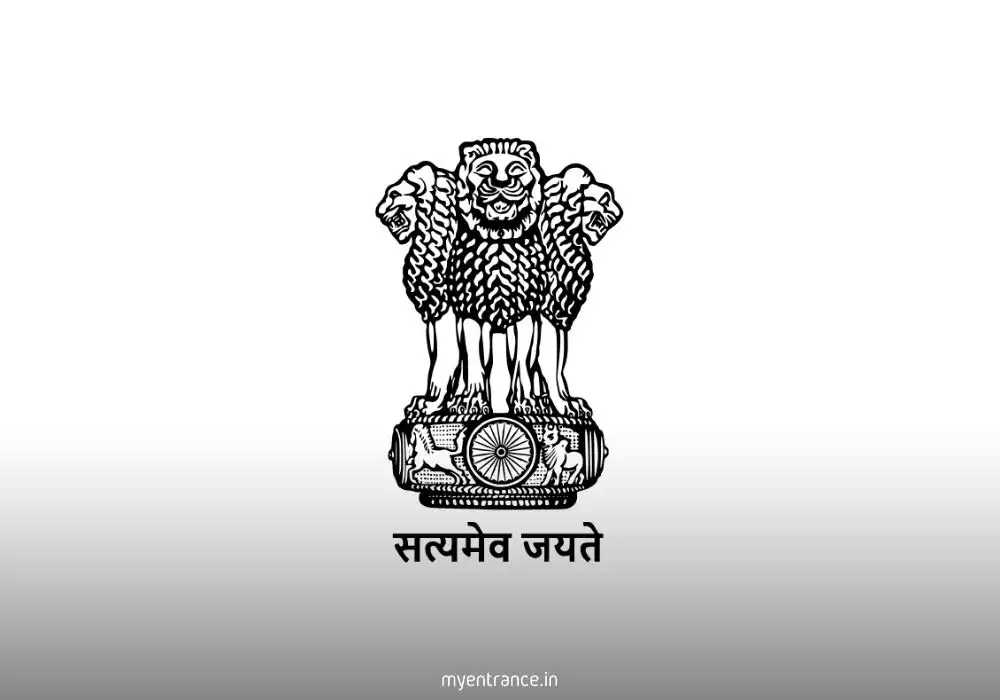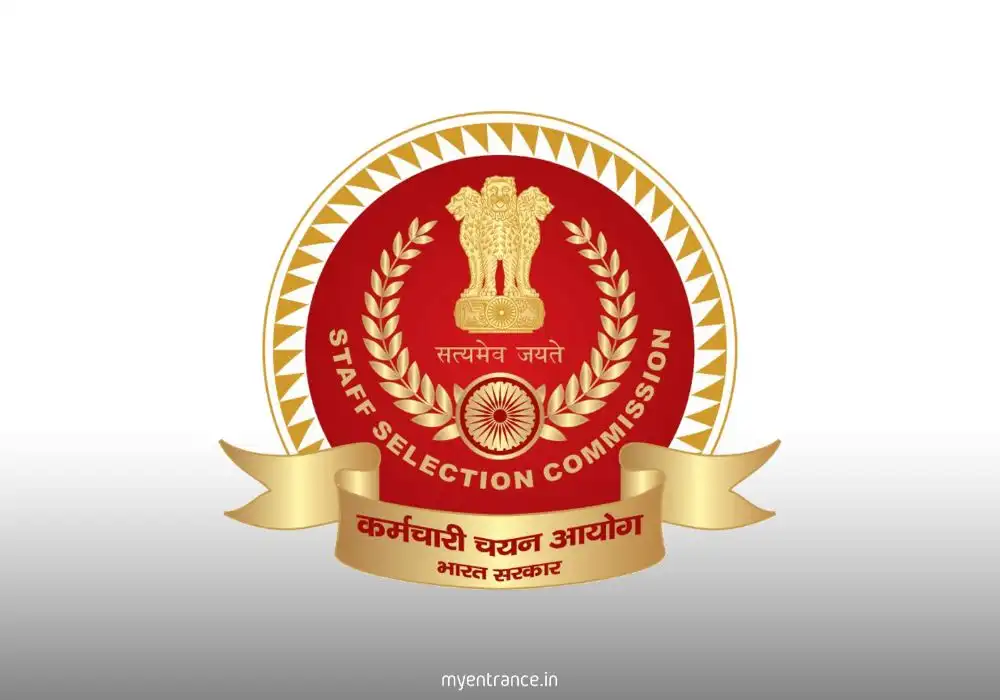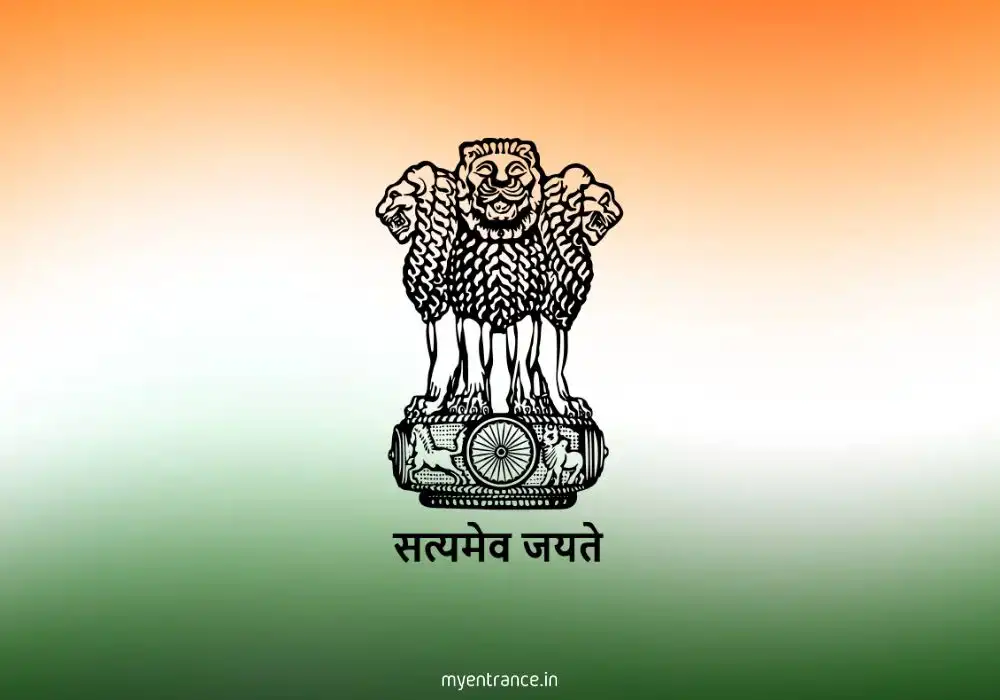Translate Language
Road Accident Crisis in India (2025 Data Analysis)
India’s roads, particularly its national highways, are witnessing a devastating surge in fatalities. Fresh data presented in Parliament paints a grim picture: the first half of 2025 has already surpassed more than half of the entire previous year’s death toll on these crucial arteries. This isn’t just a statistic; it’s a national crisis demanding urgent attention and understanding, especially for aspirants preparing for competitive exams like UPSC, SSC, PSC, NID, NIFT, and KAS, where infrastructure and social issues are core topics. Let’s break down this critical development, its implications, and the road safety landscape in India.
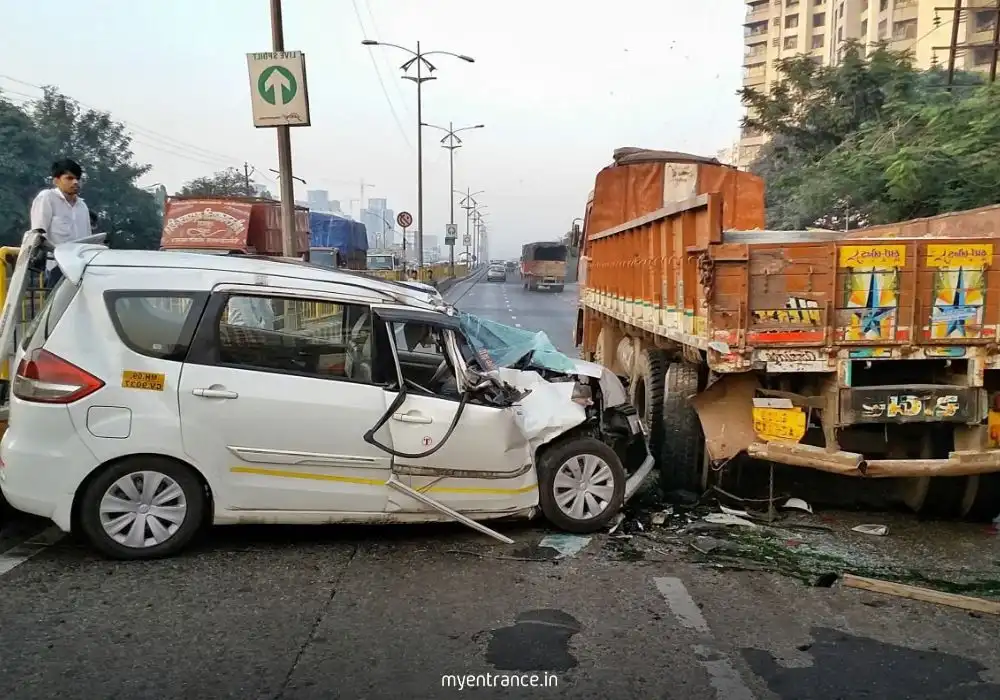
The data tabled by the Ministry of Road Transport and Highways (MoRTH) in the Lok Sabha on July 10th, 2025, delivers a stark and alarming message: road safety on India’s national highways is deteriorating rapidly. According to information compiled from states and Union Territories via the Electronic Detailed Accident Report (eDAR) portal, a staggering 29,018 lives were lost in just the first six months of 2025 (January to June) due to accidents on national highways.
This figure is profoundly concerning because it already exceeds 50% of the total fatalities recorded on national highways for the entire year of 2024 (53,090 deaths). To put this in perspective:
Jan-Jun 2025: 67,933 accidents, 29,018 deaths.
Full Year 2024: 1,25,873 accidents, 53,090 deaths.
Full Year 2023: 1,23,955 accidents, 53,630 deaths.
If this trend continues unabated through the second half of 2025, the annual death toll on national highways could reach catastrophic levels, shattering previous records.
The National Highway Paradox: This crisis is amplified by a critical fact: while national highways constitute only about 2% of India’s total road network length, they account for over 30% of all road accident deaths nationwide. This highlights the intense traffic volumes, higher speeds, and potentially complex safety challenges inherent to these major corridors.
Context of Total Road Fatalities: Remember, national highway deaths are a subset of India’s overall road safety challenge. In 2023, the country recorded over 1.72 lakh (172,000) road accident deaths across all roads. The Union government has set an ambitious, yet crucial, target to halve road accident deaths and injuries by 2030. The current trajectory on national highways makes achieving this target seem increasingly difficult.
Government Response & Focus Areas: Road Transport and Highways Minister Nitin Gadkari acknowledged the gravity of the situation, outlining both short-term and long-term remedial measures being undertaken. Crucially, the government has identified “road engineering” as one of the biggest contributing factors to accidents. Key interventions include:
Infrastructure Improvements: Installing better road markings, signage, crash barriers, and raised pavement markers.
Geometric Corrections: Redesigning dangerous junctions, improving road alignment, and widening carriageways at accident-prone spots.
Separation of Traffic: Constructing underpasses and overpasses to reduce conflict points.
Technological Solutions: Continued development and utilization of the eDAR portal for data-driven interventions.
Understanding the Root Causes: A Multi-Factor Problem: Road accidents are never caused by a single factor. They result from a complex interplay of elements:
Human Error: Speeding, drunk driving, distraction (mobile phones), fatigue, disregard for traffic rules (not wearing helmets/seatbelts), lack of training.
Vehicle Condition: Poor maintenance, faulty brakes/lights, overloaded vehicles, lack of safety features (especially in older vehicles).
Road Engineering & Environment: Poor road design, inadequate signage/markings, lack of pedestrian crossings/footpaths, black spots, weather conditions (fog, rain), poor lighting.
Enforcement Gaps: Inconsistent or insufficient enforcement of traffic laws and penalties.
The Socio-Economic Dimension – Why is Safety Neglected? (The Kopits-Kropper Hypothesis): Beyond immediate causes, deeper socio-economic theories attempt to explain India’s persistently high accident rates:
The Affordability Argument: Some argue that safety features (like airbags, ABS) increase vehicle costs, making them unaffordable for a large segment of the population, especially in the price-sensitive small car market. Delays in mandating features like six airbags often cite this concern.
The Behavioral Argument: A common perception is that many Indians simply don’t prioritize safety precautions (like wearing seatbelts in the rear seat, as in the Cyrus Mistry case) due to cultural attitudes or lack of awareness.
The Economic Growth Correlation: Research by Kopits and Kropper (2003) suggests a historical link between economic growth, increased motorization, and rising traffic fatalities in developing countries. They proposed a turning point at a per capita income of approximately $8,600 (1985 dollars), predicting India’s fatality rate might not begin to decline until around 2042 if past trends continued.
India’s Global Standing & Commitments: India consistently ranks among the countries with the highest number of road accident fatalities globally. Recognizing this, India is a signatory to the Brasilia Declaration on Road Safety (2015), committing to the ambitious global goal of halving road deaths by 2020 (later extended to 2030).
Judicial Oversight: The Supreme Court of India has also taken cognizance of the road safety crisis. It has been actively monitoring government actions through committees like the Justice K.S. Radhakrishnan panel, pushing for stricter enforcement, better trauma care, and effective implementation of road safety laws.
Key Takeaways for Aspirants:
Alarming Surge: Jan-Jun 2025 NH deaths (29,018) > 50% of Full Year 2024 deaths (53,090).
Disproportionate Impact: NHs (2% of network) cause >30% of total road deaths.
Multi-Causal: Accidents result from human error, vehicle defects, road engineering flaws, and enforcement gaps.
Govt. Focus: Engineering fixes (signage, barriers, junctions) are prioritized, alongside eDAR data use. 2030 target: Halve deaths.
Global Context: India is high-risk, committed to Brasilia Declaration goals.
Socio-Economic Factors: Poverty (affordability of safety), behavior, and the growth-motorization-fatality correlation (Kopits-Kropper) are debated underlying causes.
Sample Questions & Answers for Exam Preparation:
Q: According to recent data presented in Parliament, what was the approximate number of fatalities recorded on National Highways in the first six months of 2025?
A: Over 29,000 fatalities (Specifically, 29,018) were recorded on National Highways in the first half of 2025.
Q: Despite constituting only about 2% of India’s total road network, what percentage of road accident deaths do National Highways account for?
A: National Highways account for over 30% of all road accident deaths in India, highlighting their disproportionate risk.
Q: What has the Union Government identified as one of the biggest factors contributing to accident deaths, and what are some specific remedial measures being undertaken?
A: The government identifies “road engineering” as a major factor. Remedial measures include installing better road markings and signage, crash barriers, raised pavement markers, improving road geometry, redesigning junctions, spot widening, and building underpasses/overpasses.
Q: What is the ‘Kopits-Kropper hypothesis’ in the context of road safety in developing economies like India?
A: The Kopits-Kropper hypothesis suggests that in developing countries, economic growth leads to increased motorization, which in turn leads to higher exposure and traffic fatalities. They predicted fatalities peak around a per capita income of ~$8,600 (1985 dollars) and estimated India’s rate might not decline until around 2042 based on historical trends.
Q: What is the significance of the ‘Brasilia Declaration on Road Safety’ for India?
A: India is a signatory to the Brasilia Declaration (2015), which signifies its commitment to the global goal of reducing road traffic deaths and injuries by 50% by the year 2030. It provides an international framework for national road safety action.
Get 3 Months Free Access for SSC, PSC, NIFT & NID
Boost your exam prep!
Use offer code WELCOME28 to get 3 months free subscription. Start preparing today!

